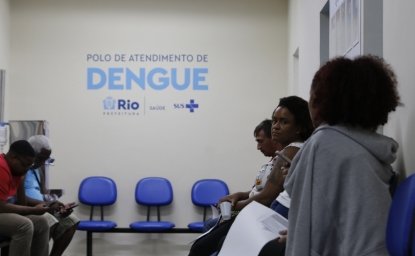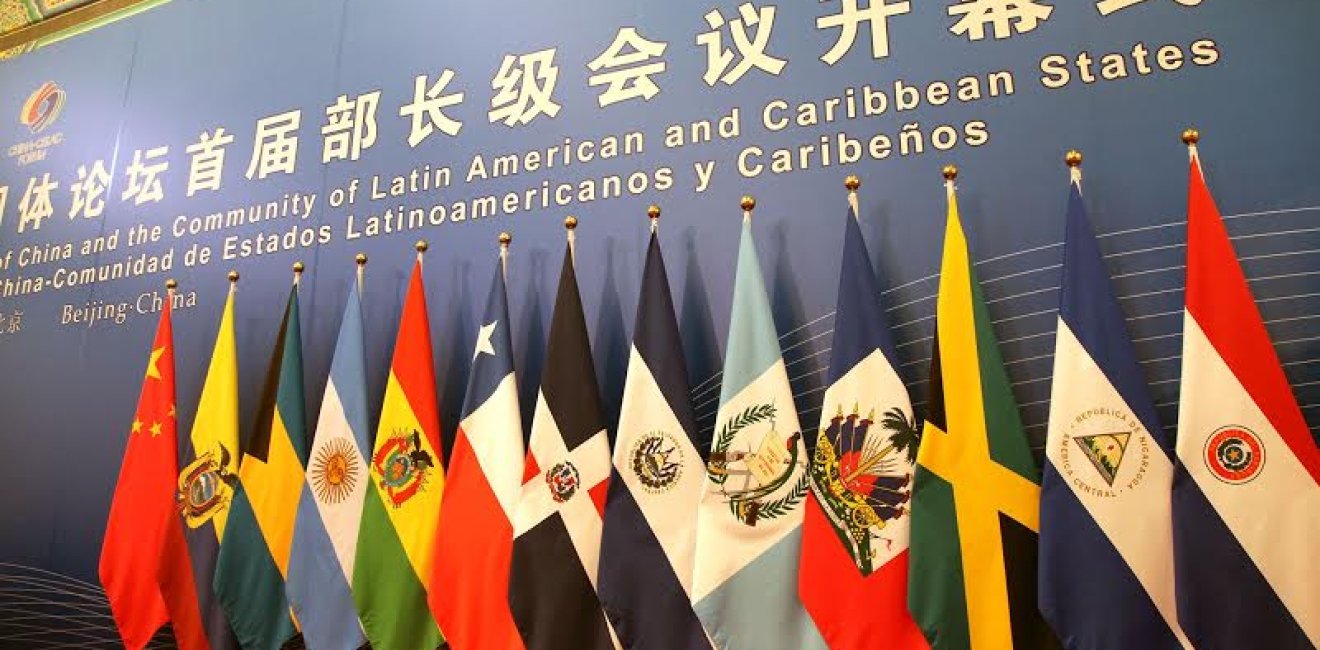
A blog of the Latin America Program
In addition to rubber-stamping Xi Jinping’s third term as Chinese Communist Party general secretary, the 20th Congress of the Chinese Communist Party (CCP), which concluded last week, offered signs of a bumpy road ahead for China. The country is confronting both economic troubles and an increasingly unfavorable geopolitical environment. Xi’s work report, delivered during the party congress, gives insights into how China will respond to these challenges in its domestic and foreign policy, and the implications for Latin America could be significant.
The highly choreographed proceedings alluded to China’s economic headwinds, which will limit economic growth rate to about 3 percent this year. The slowdown will leave Beijing with fewer resources to commit to its once-expansive foreign policy agenda, including in Latin America. The writing has been on the wall for several years, as China’s economic engagement with the region has tapered, especially greenfield investment and sovereign lending, once-prominent features of the China-Latin America relationship.
The writing has been on the wall for several years, as China’s economic engagement with the region has tapered.”
This trend is likely to continue, as China balances its overseas commitments with a slowing domestic economy, and Chinese investors consider Latin America’s political and economic uncertainties. For now, China’s creditors remain active in the region, financing Chinese companies in a range of strategic sectors. China’s commercial banks – including the ICBC and Bank of China – and its private equity funds are also playing increasingly prominent roles in Latin America. But as China grapples with mounting limitations, overall Chinese lending in Latin America is unlikely to return to its previous peaks. In 2010, China’s policy banks issued $34.5 billion to the region. Last year, its policy banks approved no new loans to Latin America, and total commercial bank lending was less than $1 billion.
Importantly, China appears to be downplaying its Belt and Road Initiative (BRI), previously a priority for CCP foreign and economic policy. Xi mentioned the initiative just twice in his lengthy party congress address. Instead, he emphasized the Global Development Initiative and Global Security Initiative, two new, loosely defined platforms for overseas engagement that are not expected to produce the type of multibillion dollar overseas infrastructure investments characteristic of the BRI.
Overall Chinese lending in Latin America is unlikely to return to its previous peaks.”
For Latin America, that suggests a narrower and more modest approach to Chinese investment, focused on sectors considered critical to China’s economic growth. In Latin America, that has included a focus on industries known in China as “new infrastructure” – such as 5G, electricity transmission, high-speed rail, electric vehicles, data centers and artificial intelligence – that are also of considerable interest to governments in the region. Indeed, “new infrastructure” was a theme of the 7th China-LAC Infrastructure Cooperation Forum last year.
Moreover, despite China’s economic slowdown, its trade with Latin America will continue to underpin the relationship, driven by China’s quest for food and energy security. During the party congress, Xi stressed the importance of securing grain and energy resources and strengthening China’s industrial supply chains. Trade with Latin America features prominently in the former objective, and, despite setbacks in Venezuela and recent debt restructuring in Ecuador, still arguably plays a role in China’s now three-decade-long efforts to diversify its energy supply.
China is clearly entering a new phase in its global engagement.”
The region should also expect continued expansive Chinese diplomatic outreach. Chinese Foreign Minister Wang Yi has engineered increased “people-to-people” diplomacy, including in Latin America. Having now joined the Politburo, the CCP decision-making body, Wang might build on that strategy, both through government, the private sector and the CCP. After all, these newly forged ties have facilitated commercial engagement and built support for China’s position on Taiwan and other foreign policy priorities.
That said, China is clearly entering a new phase in its global engagement, one that reflects a complex constellation of political, economic and geopolitical challenges. But this will also be an important moment for the region to further diversify its partnerships, and to seize any opportunities brought about by growing US-China competition—yet another prominent feature of Xi’s address last week.
Author

Director, Asia and Latin America Program, Inter-American Dialogue

Latin America Program
The Wilson Center’s prestigious Latin America Program provides non-partisan expertise to a broad community of decision makers in the United States and Latin America on critical policy issues facing the Hemisphere. The Program provides insightful and actionable research for policymakers, private sector leaders, journalists, and public intellectuals in the United States and Latin America. To bridge the gap between scholarship and policy action, it fosters new inquiry, sponsors high-level public and private meetings among multiple stakeholders, and explores policy options to improve outcomes for citizens throughout the Americas. Drawing on the Wilson Center’s strength as the nation’s key non-partisan policy forum, the Program serves as a trusted source of analysis and a vital point of contact between the worlds of scholarship and action. Read more

Explore More in Weekly Asado
Browse Weekly Asado
Dengue Haunts South America’s Summers

Lessons from Costa Rica’s Economic Transformation

Women and Latin America’s Digital Revolution

